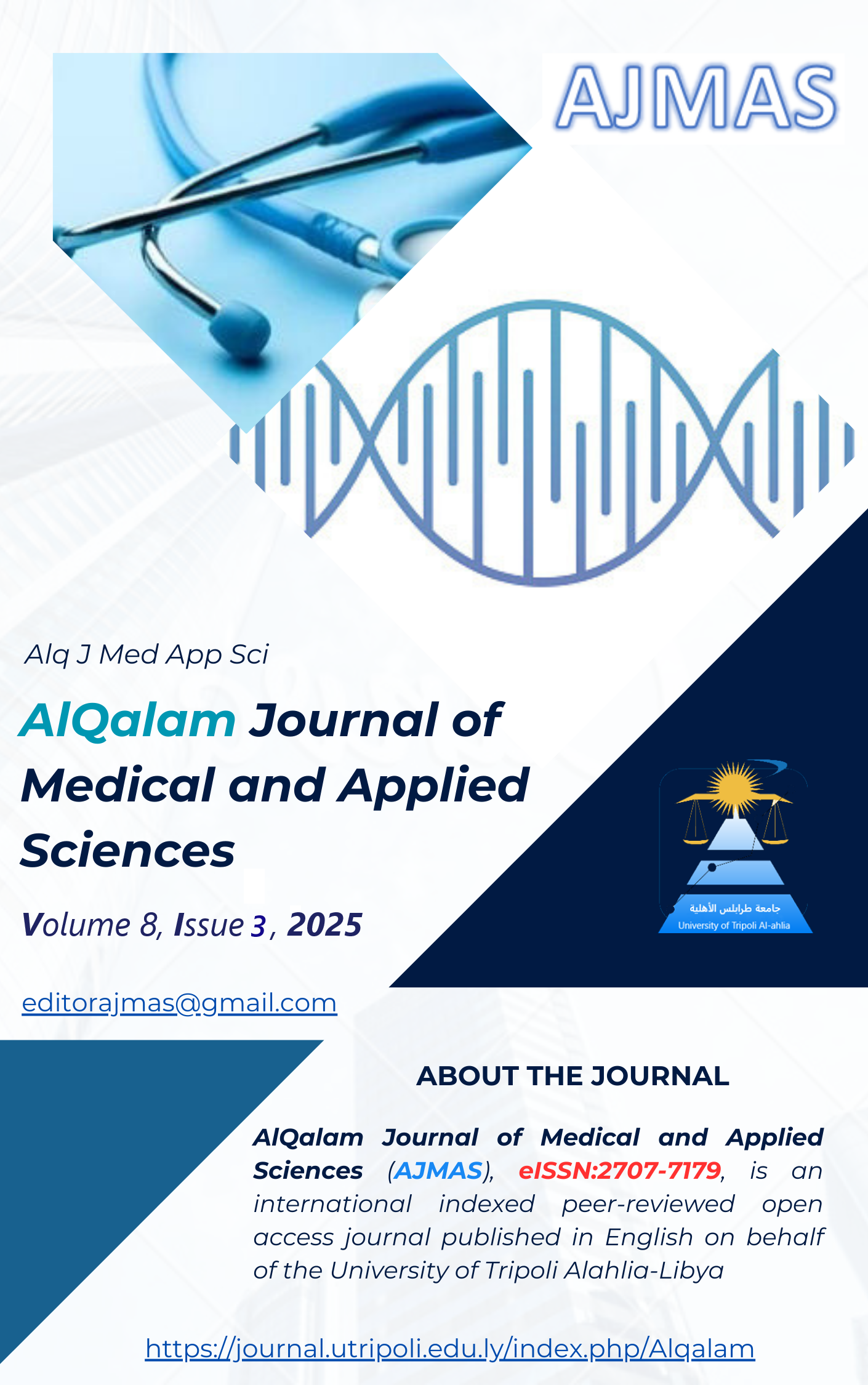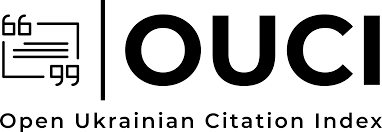The Importance of X-Rays and Laboratory Tests in Diagnosing Gout and the Role of Environmental Factors
DOI:
https://doi.org/10.54361/ajmas.258331Keywords:
Gout, Radiology, Blood Tests, Uric Acid, Diagnosis, Hyperuricemia.Abstract
Gout is an inflammatory arthritis characterized by deposition of monosodium urate crystals in joints due to hyperuricemia. This study explores the role of radiological imaging and blood tests in diagnosing gout among 175 patients at Al-Ajilat General Hospital and Polyclinic. Clinical, laboratory, and imaging data were analyzed using spectrophotometric uric acid assays and questionnaires from healthcare personnel. Results showed significant correlations between elevated uric acid levels, radiological findings of joint damage, and clinical symptoms. Males and elderly patients were more susceptible. The results also showed that the highest percentage was yes (62%) that X-rays are used to detect structural changes in bones and joints. The results showed that the highest response was advising patients to measure uric acid levels during follow-up as needed (76%). This is because after the condition stabilizes, the doctor may decide to reduce the frequency of tests, focusing on the patient’s clinical symptoms, The results showed that winter is the season that most significantly affects gout, at a rate of (85%), because the cold reduces the solubility of uric acid in the joints, which facilitates its deposition in the form of crystals, especially in the extremities (such as the fingers and toes). Nonsteroidal anti-inflammatory drugs (NSAIDs) were the primary treatment during acute attacks, with diet and lifestyle modification recommended for long-term management. Radiology combined with blood testing enhances diagnostic accuracy and guides treatment, potentially preventing complications.
Downloads
Published
How to Cite
Issue
Section
License
Copyright (c) 2025 Salah Alsokni, Sumaya Alusta, Hisham Alsokni

This work is licensed under a Creative Commons Attribution 4.0 International License.















